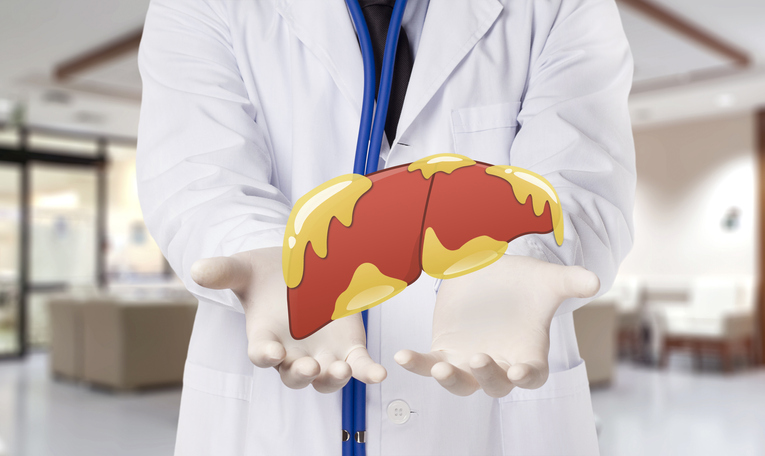
Flinders University and University of Queensland research has found many people with fatty liver disease are unaware that high intensity interval training improves heart function and liver health.
from UQ’s said fatty liver disease affects around 25 per cent of people worldwide and can lead to serious liver damage.
“There are no approved pharmaceutical therapies, so lifestyle modification including exercise and diet remain the recommended approach for managing the condition,” Dr Keating said.
“However, only 20 per cent of people living with fatty liver disease are meeting the physical activity recommendations.
“Our research found there was a lack of awareness and experience with HIIT, and participants had mixed feelings about their capabilities to undertake the training.
“There were also medical or social barriers to commencing or continuing HIIT such as musculoskeletal conditions and appointments for other conditions such as Type 2 diabetes.
“Positively, participants said that having the support of an exercise specialist was a valued enabler and in general they enjoyed HIIT and its holistic benefits.”
The exercise intervention included three HIIT sessions per week for 12-weeks, supervised by a qualified exercise professional. Sessions commenced with a 5-minute warm-up at 60 per cent of maximal heart rate (HRmax), followed by 4 × 4 min intervals at 85-95 percent HRmax interspersed with 3-minute recovery periods at 60 per cent HRmax, with a 5-minute cool-down to conclude each session.
The high-intensity intervals were rated as hard to very hard on a subjective exertion scale.

Research collaborator Dr Matthew Wallen from Flinders University said previous joint has shown HIIT is a feasible and beneficial exercise option for people living with fatty liver disease.
“People with fatty liver disease are often fatigued, frequently report poor sleep and musculoskeletal concerns, and have a may have reduced capacity for activities of daily living,” Dr Wallen said.
“These factors, coupled with low engagement in regular physical activity, impact their ability to exercise.
“While these findings hold great promise that HIIT could be an effective method to help combat fatty liver disease with appropriate safety screenings for participants, it’s important people living with fatty liver disease seek advice and support from an appropriately qualified exercise professional or their healthcare provider before initiating a HIIT program.”
The findings will help inform future clinical programs to improve uptake of HIIT amongst people with steatohepatitis.
The research is published in .






